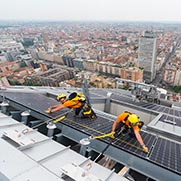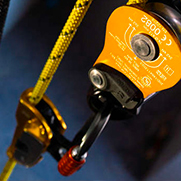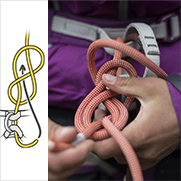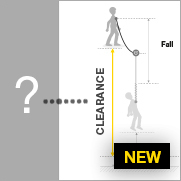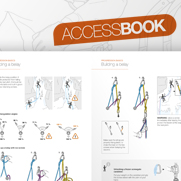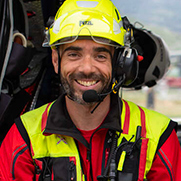Basic tree care concepts
Warnings
- Carefully read the Instructions for Use used in this technical advice before consulting the advice itself. You must have already read and understood the information in the Instructions for Use to be able to understand this supplementary information.
- Mastering these techniques requires specific training. Work with a professional to confirm your ability to perform these techniques safely and independently before attempting them unsupervised.
- We provide examples of techniques related to your activity. There may be others that we do not describe here.
Belay system
A belay system includes at least an anchor and potential accessories (false crotch...), a belay support (rope, lanyard...), a rope adjuster and its connection to the harness. When two belay systems are required, each element of the first system must be independent of the elements of the second system.
Tree access
The access phase begins on arriving at the base of the tree and ends when the work rope is installed on a primary anchor. Generally, the arborist begins by throwing a line over a high branch.
This line is used to install the access rope used for the ascent.
Aligning the ends
When installing a doubled access rope, the strands of the throw line must be aligned: the arborist ensures that the two strands run side-by-side and aren’t separated by one or more branches.
Work phase
The work phase includes moving around in the tree to get to the cutting points, and cutting.
Movement
While moving around, the arborist can use a single belay system installed on a primary anchor. Depending on national legislation, a second belay system is recommended, or mandatory, when the rope of the primary system is inclined at more than 45°.
DdRT Doubled Rope Technique/MRS Moving Rope System
Movement technique using one doubled rope, with a redirect point at the anchor. Warning: the rope is doubled but it is a single belay system. The rope is mobile: it is constantly moving between the anchor and the arborist, as he/she moves around.
SRT Single Rope Technique/SRS Stationary Rope System
Movement technique which also enables access, using a single rope anchored to a fixed point in the tree, or to the base of the tree. The rope is fixed and does not glide; the arborist moves along the rope.
Cutting
When using any cutting tool, the arborist must use two independent belay systems.
Friction hitches
Friction hitches are the traditional arborist tools. Numerous types exist for different usages.
The hitches must be learned through training and always tied with the utmost care.
The primary characteristic of the friction hitch is that it changes in response to a variety of variables:
- The same hitch grabs and slides differently depending on the situation and how it is tied.
- The same hitch grabs and slides differently depending on the ropes used.
Friction saver
A friction saver is an anchoring device installed around the trunk or a branch. It allows better rope glide and avoids damaging the branch itself.
Tree anchor
The concept of the tree anchor must be understood through specific arborist training.
Primary or definitive anchor
Passing around the trunk (axis 1) or around the largest branches in certain situations (axis 2).
During the work phases, the arborist must have at least one belay system installed on a primary anchor.
Supplementary anchor
Passing around any branch that can hold the arborist’s weight.
A supplementary anchor can be used to install a second (supplementary) belay system or a positioning lanyard.
Connectors
Depending on national legislation, it is recommended, or mandatory, to use double auto-locking connectors (TRIACT-LOCK, BALL-LOCK...) in tree care work. In the various situations of cantilever loading, such as blocking around a branch, use steel connectors.


